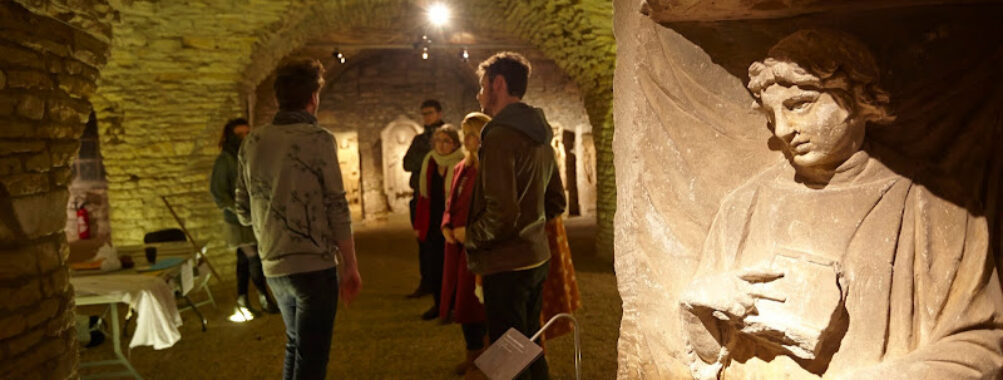
Archaeological Museum of Dijon
Table of Contents
Description
The Archaeological Museum of Dijon is one of those places that quietly surprises you. Housed inside the former Benedictine Abbey of Saint-Bénigne, the building itself feels like part of the exhibit. Its stone walls and vaulted ceilings carry centuries of history, and wandering through the old chapter house or the monks’ dormitory feels almost like stepping into a time capsule. The museum’s collection spans from prehistoric tools to medieval sculptures, with a particularly strong focus on Burgundy’s past. You’ll find relics from the Gallo-Roman period, paleochristian sarcophagi, and sacred art that once defined the rhythm of life in this region. It’s not a flashy museum, but it has a depth that rewards anyone willing to slow down and take it all in.
Most visitors walk away impressed, noting the richness of the collection and the unique atmosphere of the abbey setting. Of course, not everyone has the same reaction. Some find the layout a little confusing, or wish for more English translations. But that’s part of the charm too—it feels less like a polished tourist attraction and more like a genuine slice of Dijon’s heritage. Personally, I found myself lingering longer than expected, especially in the Romanesque spaces where the light filters in just right, giving the statues and carvings an almost otherworldly quality.
Key Features
- Located inside the historic Abbey of Saint-Bénigne, dating back to the 11th and 13th centuries
- Collections covering prehistory, protohistory, Roman Burgundy, and the Middle Ages
- Remarkable paleochristian sarcophagi and sacred art
- Family-friendly environment with exhibits that spark curiosity in kids
- Occasional live performances and cultural events within the abbey’s atmospheric halls
- Wheelchair accessible restroom (though the entrance itself is not fully accessible)
- Restrooms available on-site, but no restaurant facilities
Best Time to Visit
If you want to see the museum at its best, aim for spring or early autumn. The weather in Dijon during these seasons makes strolling around the city before or after your visit a real pleasure. Summer can be busier, especially with tourists coming through Burgundy for wine tours, but the museum rarely feels overcrowded. Winter has its own charm too—the abbey’s stone halls feel even more atmospheric when it’s cold outside, though opening hours are more limited then. Personally, I’d avoid late July and August if you don’t like crowds, but if you’re already in Dijon for the wine harvest season, it’s worth squeezing in a visit.
How to Get There
The museum is right in the heart of Dijon, so getting there is straightforward. If you’re staying in the city center, it’s an easy walk from most hotels and attractions. Dijon’s train station is also not far, so even if you’re coming in on a day trip from Paris or Lyon, you can reach it comfortably on foot or with a short tram ride. For drivers, parking in the old town can be tricky, but there are public car parks within walking distance. Honestly, I’d recommend walking—the streets around the museum are full of little details, from half-timbered houses to hidden courtyards, that you’d miss if you zipped straight there by car.
Tips for Visiting
First off, give yourself more time than you think you’ll need. It’s the kind of museum where details matter, and rushing through means you’ll miss the subtle artistry in the carvings or the layers of history in the artifacts. If you don’t speak French, bring a translation app or guidebook—some signage is in English, but not everything. Families with kids will be glad to know the museum is welcoming to younger visitors, though I’d suggest breaking up the visit with a snack break outside since there’s no café inside. And if you’re into photography, the abbey’s architecture offers some stunning backdrops, but do check the rules on where photos are allowed.
One last thought: don’t skip the upper levels. Many people linger on the ground floor and forget to climb the 17th-century staircase to the later rooms. That’s where you’ll find some of the more unexpected pieces, and the view back down into the abbey is worth the climb alone. It’s not the kind of museum that screams for attention, but if you let yourself sink into its rhythm, the Archaeological Museum of Dijon can be one of the most memorable stops on your trip through Burgundy.
Location
Places to Stay Near Archaeological Museum of Dijon
Find and Book a Tour
Explore More Travel Guides
No reviews found! Be the first to review!